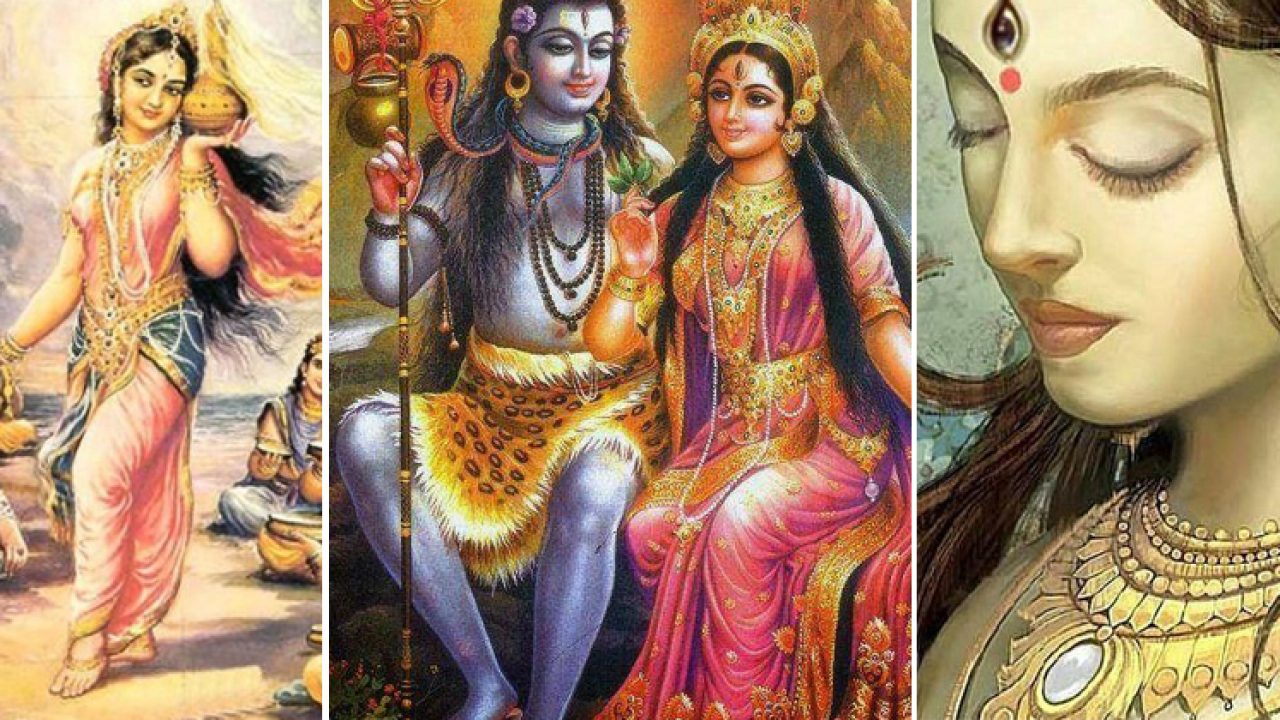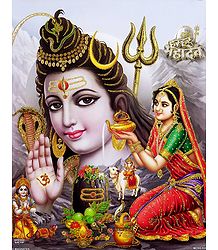
So, asked Murugan, if Brahma indeed was the fountainhead of Vedic knowledge, could he explain the meaning of the primordial mantra ‘AUM’? His ego severely dented at the audacious and curt questioning by a boy, Brahma replied dismissively, saying that he stood for the word ‘AUM’ and its meaning! From his mastery over the Vedas, Brahma said. Hearing Brahma brag, Murugan asked Brahma where he had got his creative powers from. Brahma, surprised by the rather strange request, introduced himself haughtily as the creator of all living beings and the guardian of the Vedas. Standing in his way as Brahma stepped out of Kailash, Shiva’s son asked the god to introduce himself. He decided to teach Brahma a lesson for his wanton disrespect.

Murugan was upset that Brahma, who had called on Shiva, had not paid him, the son of the god, his due respect. One day, when Brahma was returning after paying obeisance to Shiva in Mount Kailash, he was stopped by the young boy Murugan, who was playing with his friends.

This story forms the sthala purana of the temple. The temple at Swami Malai is one of the six important temples associated with the cult of Murugan. Swami Malai is a small hillock near Kumbakonam, a small town in Tamil Nadu. Usually the father-son relationship is one of obedience – be it Rama and Dasarath, Yayati and Puru and Bheeshman and Shantanu – in Hindu Indian mythology. The story of Swaminathan and Swami Malai from the Tamil Kanda Puranam challenges one of the accepted relationship hierarchies of Hindu mythology, albeit in a manner that is typical to the region.


 0 kommentar(er)
0 kommentar(er)
